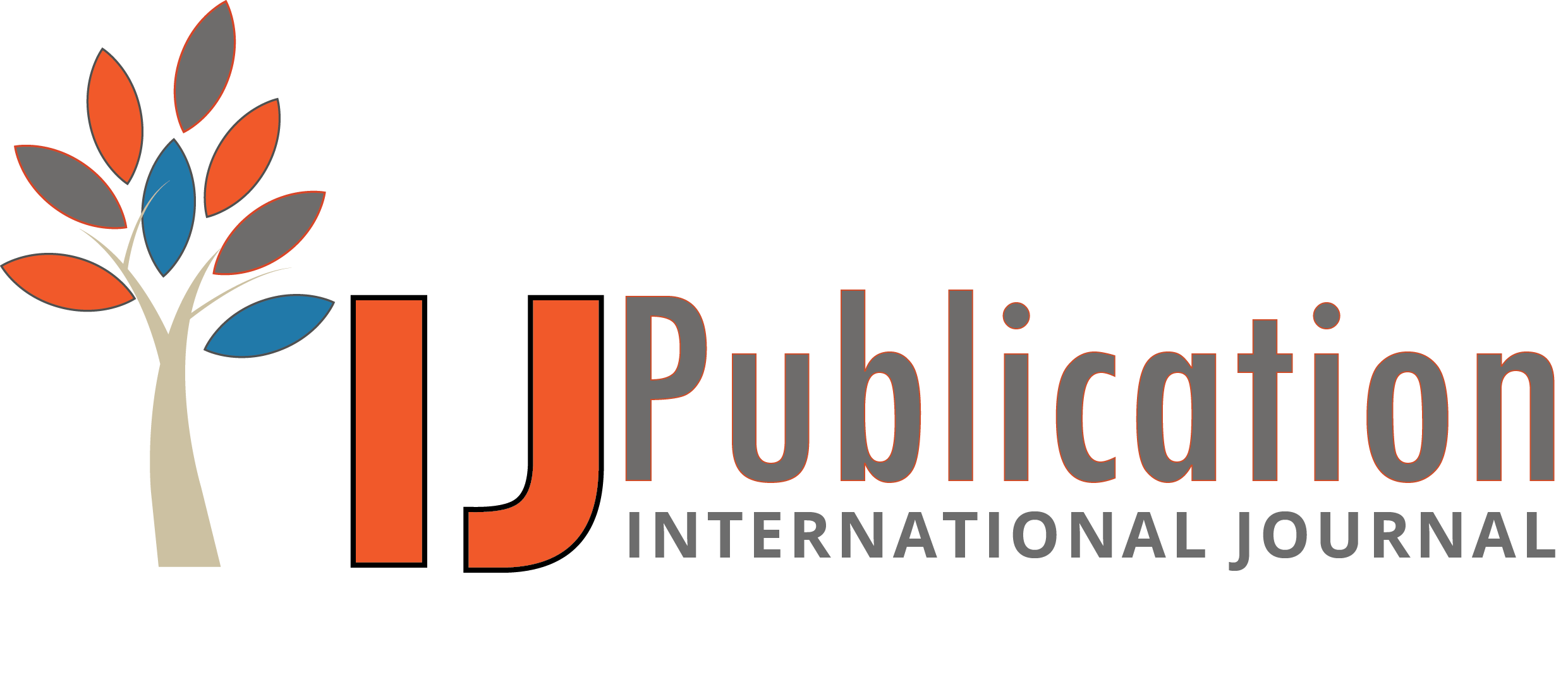Ramya Ramachandran Reviewer
15 Oct 2024 05:38 PM
 Approved
Approved
Relevance and Originality
This research article addresses a crucial issue in India's multilingual context, focusing on the challenges posed by language barriers when accessing global languages like English, Spanish, French, and German. By proposing a project that translates English content into regional languages such as Tamil, the paper highlights the significance of linguistic inclusivity in information dissemination. The originality of the project lies in its application of machine learning techniques, such as gTTS, Whisper, and Mbart50, to facilitate this translation process. This innovative approach not only enhances accessibility for non-English speakers but also promotes cultural diversity and understanding.
Methodology
The methodology of the project is well-conceived, utilizing a systematic approach to process YouTube videos for translation. By incorporating audio extraction, speech-to-text conversion, text translation, and text-to-speech synthesis, the paper outlines a comprehensive framework for achieving its objectives. However, the methodology could be improved by providing more details on the selection criteria for the machine learning models used. Additionally, discussing the data preprocessing steps and the quality assurance measures in place for translation accuracy would strengthen the methodological rigor of the project.
Validity & Reliability
The validity of the research is supported by the integration of established machine learning libraries, which are well-regarded in the field of natural language processing. The use of models like Whisper and Mbart50 suggests a robust foundation for achieving accurate translations. However, the reliability of the results would benefit from empirical testing and validation through user feedback or comparison with existing translation tools. Including performance metrics, such as translation accuracy and processing time, would provide a clearer picture of the project's effectiveness in real-world applications.
Clarity and Structure
The article is generally clear, but some areas could benefit from improved organization and clarity. For instance, breaking down complex processes into smaller, more digestible sections with subheadings could enhance readability. Additionally, ensuring consistent terminology throughout the paper will help avoid confusion. Visual aids, such as flowcharts or diagrams illustrating the workflow from video input to translated audio output, could further clarify the process and engage the reader more effectively.
Result Analysis
The analysis of results focuses on the project's potential to bridge linguistic gaps and improve accessibility to global content for Tamil speakers. However, the article would benefit from a more detailed exploration of specific outcomes, such as user satisfaction or engagement metrics after implementing the translation system. Discussing potential limitations, such as challenges in understanding cultural nuances in translation or variations in regional dialects, would provide a more balanced perspective. Finally, outlining future directions for research, including the expansion to other regional languages and dialects, could contribute valuable insights into furthering the project's impact.








Ramya Ramachandran Reviewer